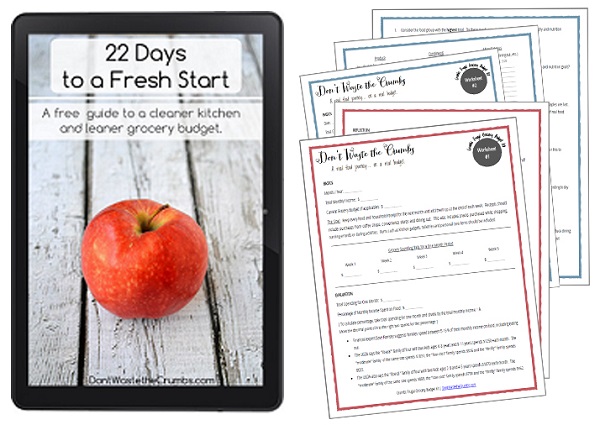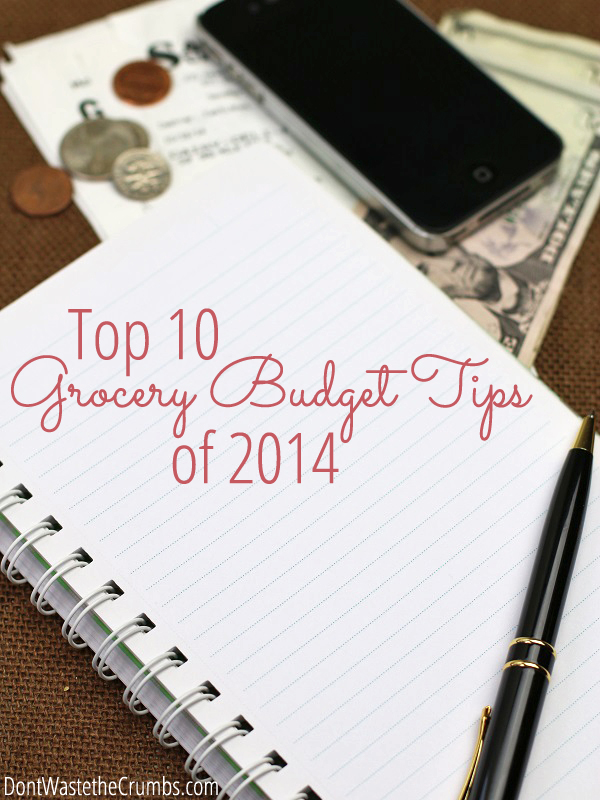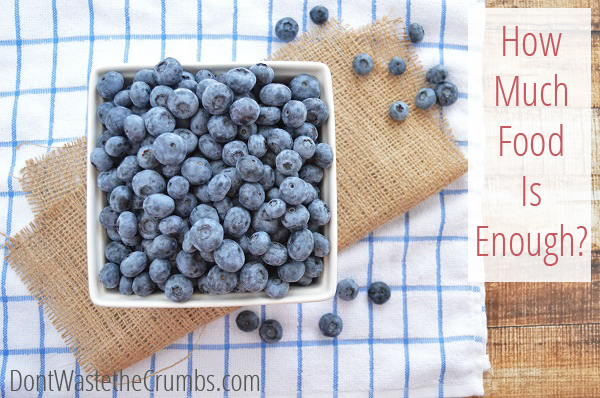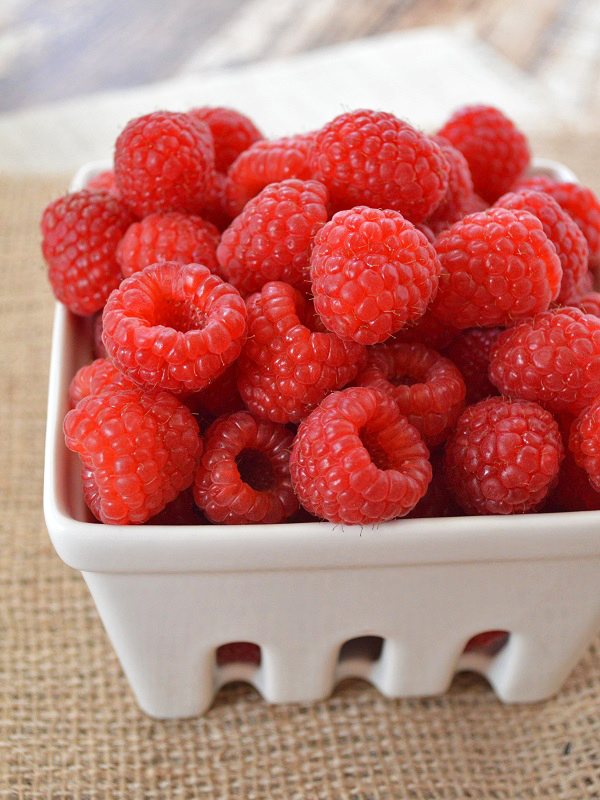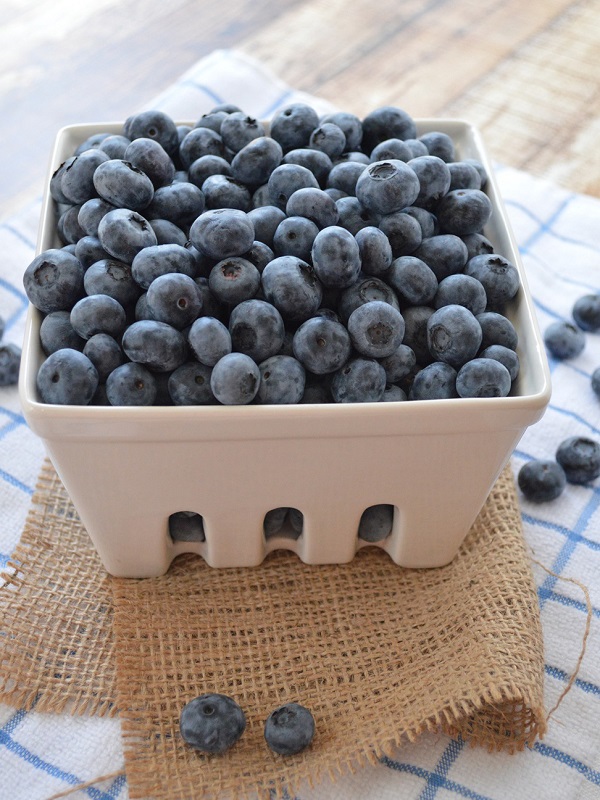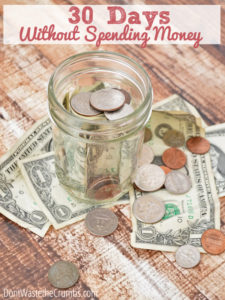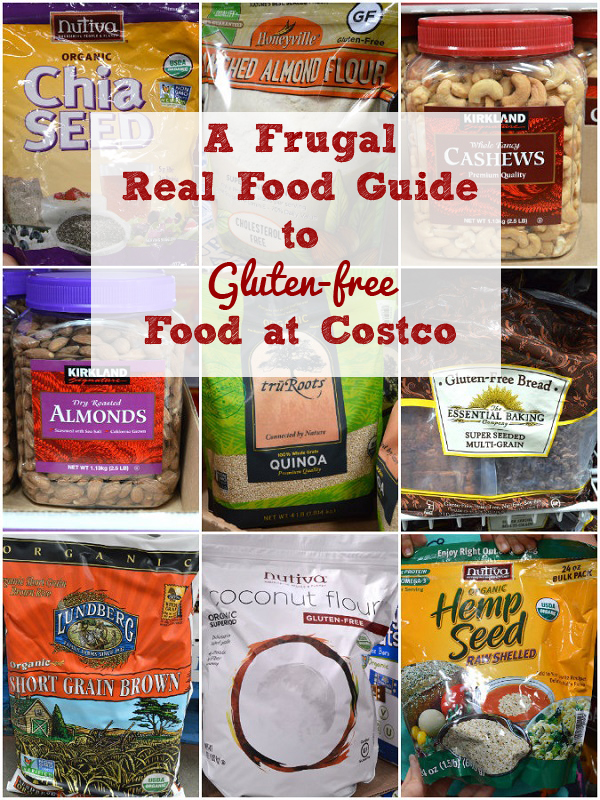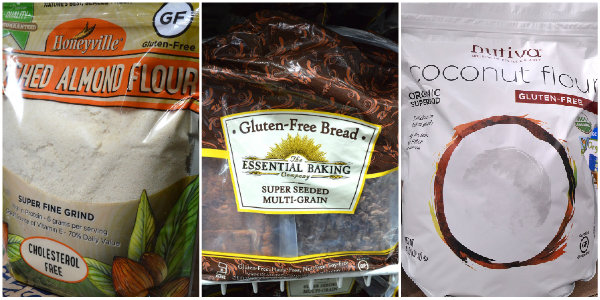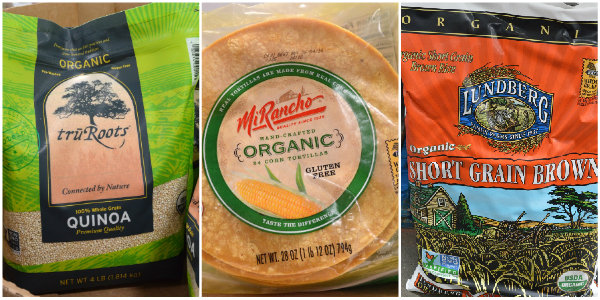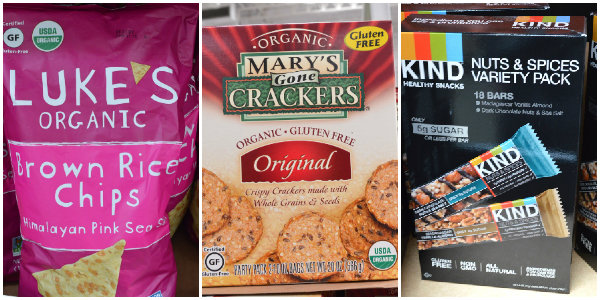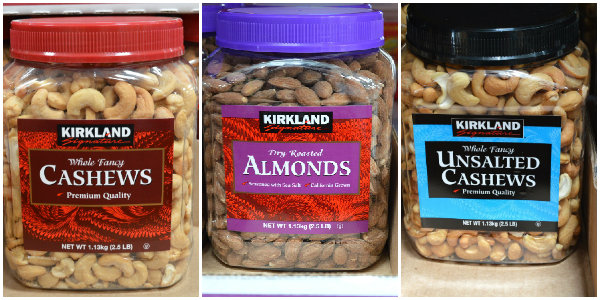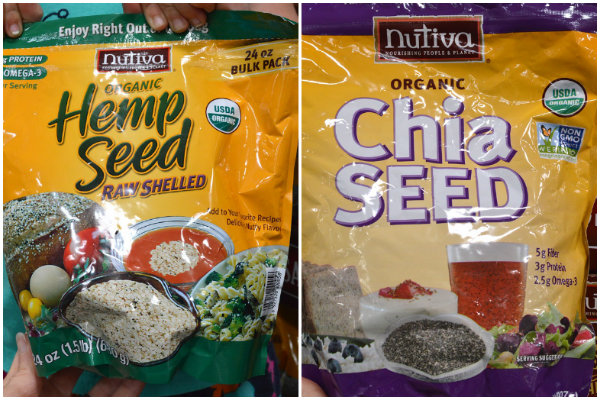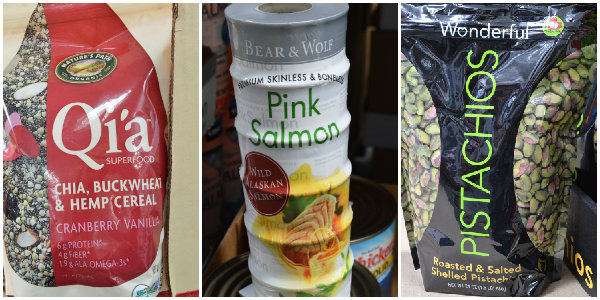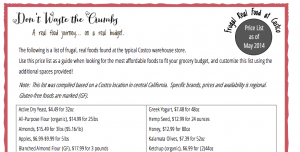Contributor Post by: Tiffany at Don’t Waste the Crumbs
This post was shared in 2014, and since that time, Tiffany has really become one of the leading bloggers in saving time and money, so I recommend checking out her new blog by clicking here. From budgeting to shopping to cooking from scratch, there’s something helpful on her blog for everyone including many free programs to help you get your food budget under control! Happy budgeting!
